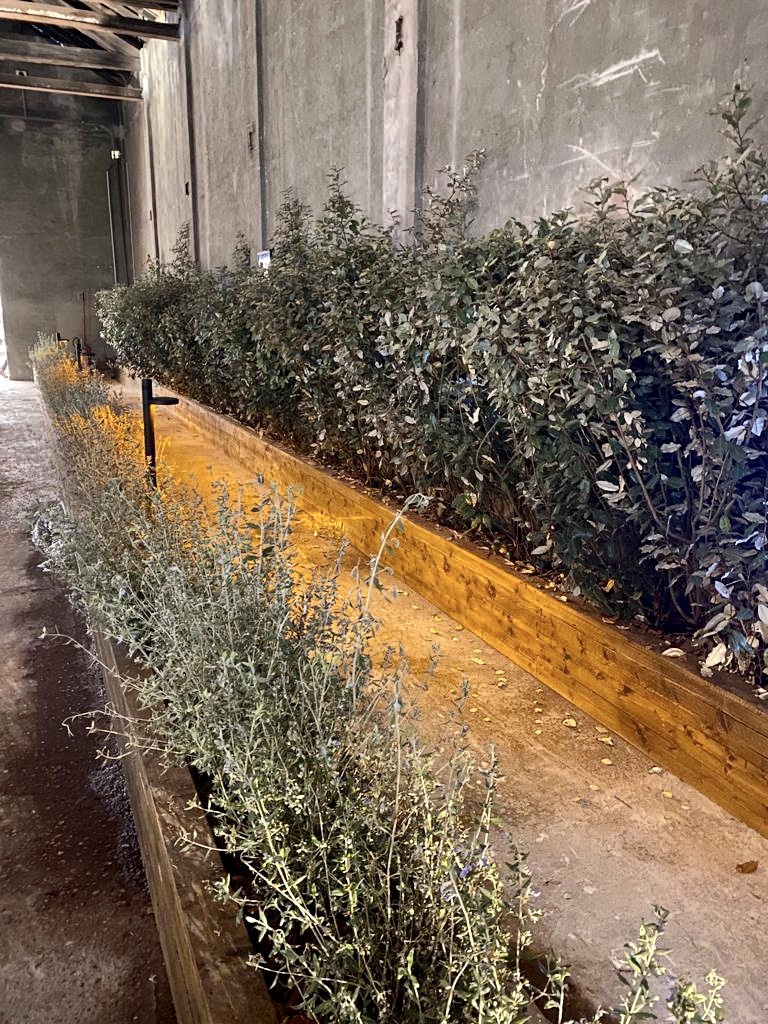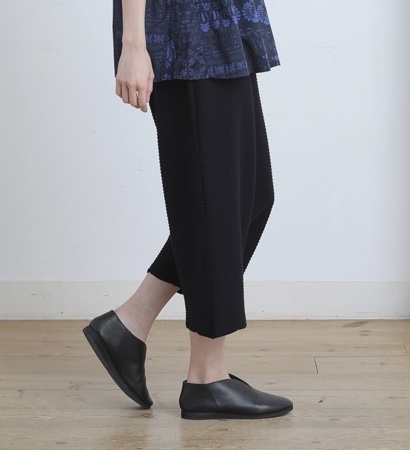Child labour: the modern slavery
The obscenity of a society that closes its eyes in the face of the major issues
Child labour is one of the most obscene issues in our society, one of those problems people don’t want to see. Even though prohibited by legislation worldwide, the number of children exploited is growing. According to Unicef, 2021 registered the first increase in two decades, with cases rising to 160 million worldwide because of covid-19.
There is a consistent number of countries where child labour is not forbidden. Poverty and discrimination are the main causes, but conflicts and the pandemic gave a big hand in spreading the situations that degenerate into this modern slavery.
Child labour: modern slavery for the western world
Exploited children produce goods that supply the stores in the western world. Or call it that side of the world where people ignore or pretend to ignore every issue. Whichever it is, having the newest mobile device or a fancy car is better than knowing the truth about the little hands who extracted materials used to produce our toys.
And so, we dedicate each day to specific matters giving them the priority for that day. Specifically, the world day against child labour was on 12 June.
Therefore, on an annual basis, we see impactful graphics and beautiful words that end up in nothing. They just become content for social media, but nothing ever changes.
These kinds of stories are as old as the earth. So, if we aren’t able to eradicate them, but we still abuse children’s rights, we have serious problems.
There will be no sustainability without ethical labour. And if sustainable products are a priority, child labour comes first.
How can we talk about sustainability when the number of children involved in production chains has increased over time?
There is an organisation that is working to change things consistently, it’s called Still I Rise. Their projects aren’t endless. Indeed, they work to solve problems in a specific place, and then they move on. Also, education is their focus, and they open schools.
Please, check them out here and donate if you can!
Child labour: the modern slavery Read More »






